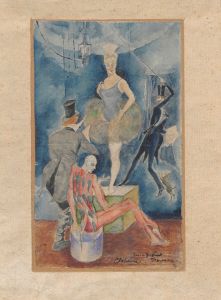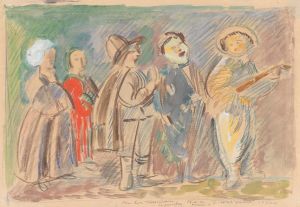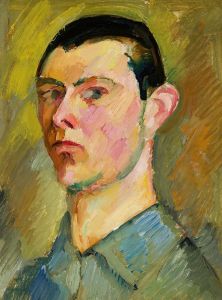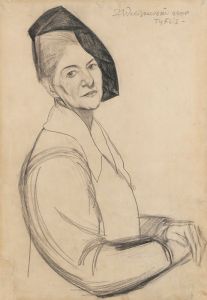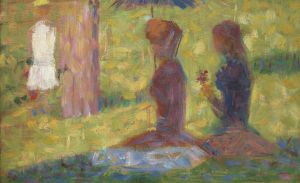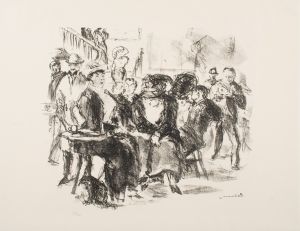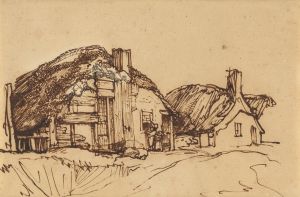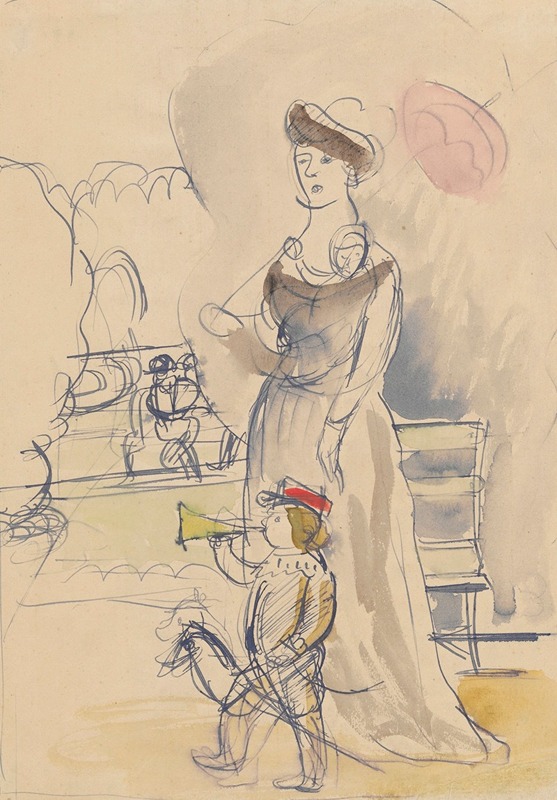
Promenade, II
A hand-painted replica of Zygmunt Waliszewski’s masterpiece Promenade, II, meticulously crafted by professional artists to capture the true essence of the original. Each piece is created with museum-quality canvas and rare mineral pigments, carefully painted by experienced artists with delicate brushstrokes and rich, layered colors to perfectly recreate the texture of the original artwork. Unlike machine-printed reproductions, this hand-painted version brings the painting to life, infused with the artist’s emotions and skill in every stroke. Whether for personal collection or home decoration, it instantly elevates the artistic atmosphere of any space.
Zygmunt Waliszewski was a Polish painter known for his contributions to the art world during the early 20th century. His work is often associated with the Post-Impressionist movement, and he was known for his vibrant use of color and dynamic compositions. One of his notable works is "Promenade, II," which exemplifies his artistic style and thematic interests.
"Promenade, II" is a painting that reflects Waliszewski's fascination with everyday life and social interactions. The painting captures a scene of people strolling, likely in a park or a similar public space, which was a common subject in the works of many artists during this period. The composition of the painting is lively, with figures depicted in motion, suggesting a sense of vitality and the bustling nature of public spaces.
Waliszewski's use of color in "Promenade, II" is particularly striking. He employs a palette that is both vivid and harmonious, using contrasting colors to create a sense of depth and movement. This approach to color is characteristic of the Post-Impressionist movement, which sought to move beyond the naturalism of Impressionism by emphasizing the emotional and symbolic potential of color.
The brushwork in "Promenade, II" is expressive and dynamic, contributing to the overall sense of movement within the painting. Waliszewski's technique involves loose, flowing strokes that capture the essence of the scene rather than focusing on minute details. This method allows the viewer to engage with the painting on an emotional level, as the artist's intent is to convey the atmosphere and mood of the promenade rather than a precise depiction of reality.
Zygmunt Waliszewski was influenced by various art movements and artists throughout his career. His work shows the impact of both French and Polish artistic traditions, and he was known to have been inspired by the works of Paul Cézanne and Henri Matisse, among others. This blend of influences is evident in "Promenade, II," where the structural composition and bold use of color reflect the lessons he drew from these artists.
The painting also reflects the broader cultural and social context of the time. The early 20th century was a period of significant change and modernization, and public spaces like promenades became important sites for social interaction and leisure. Waliszewski's depiction of such a scene captures the spirit of the era, highlighting the social dynamics and the evolving nature of urban life.
"Promenade, II" is an example of Waliszewski's ability to blend traditional and modern elements in his work. While he draws on the techniques and themes of earlier art movements, he also incorporates a modern sensibility that speaks to the changing world around him. This ability to bridge different artistic traditions is part of what makes his work enduring and significant.
Zygmunt Waliszewski's contributions to art extend beyond his individual works. As part of the broader Polish art scene, he played a role in the development of modern art in Poland, helping to introduce new styles and ideas to the region. His work, including "Promenade, II," continues to be studied and appreciated for its artistic merit and historical significance.
In summary, "Promenade, II" by Zygmunt Waliszewski is a vibrant and dynamic painting that captures the essence of early 20th-century life. Through his use of color, composition, and expressive brushwork, Waliszewski creates a scene that is both lively and reflective of the social changes of his time. His work remains an important part of the Polish art heritage, offering insights into the cultural and artistic developments of the period.





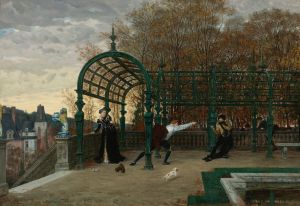
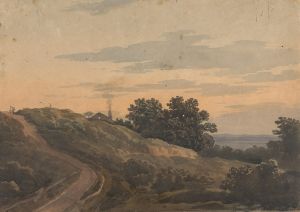
![At Figaro’s [at a hairdresser’s]](/imgs/234685/s/zygmunt-waliszewski-at-figaros-at-a-hairdressers-f5e795de.jpg)
